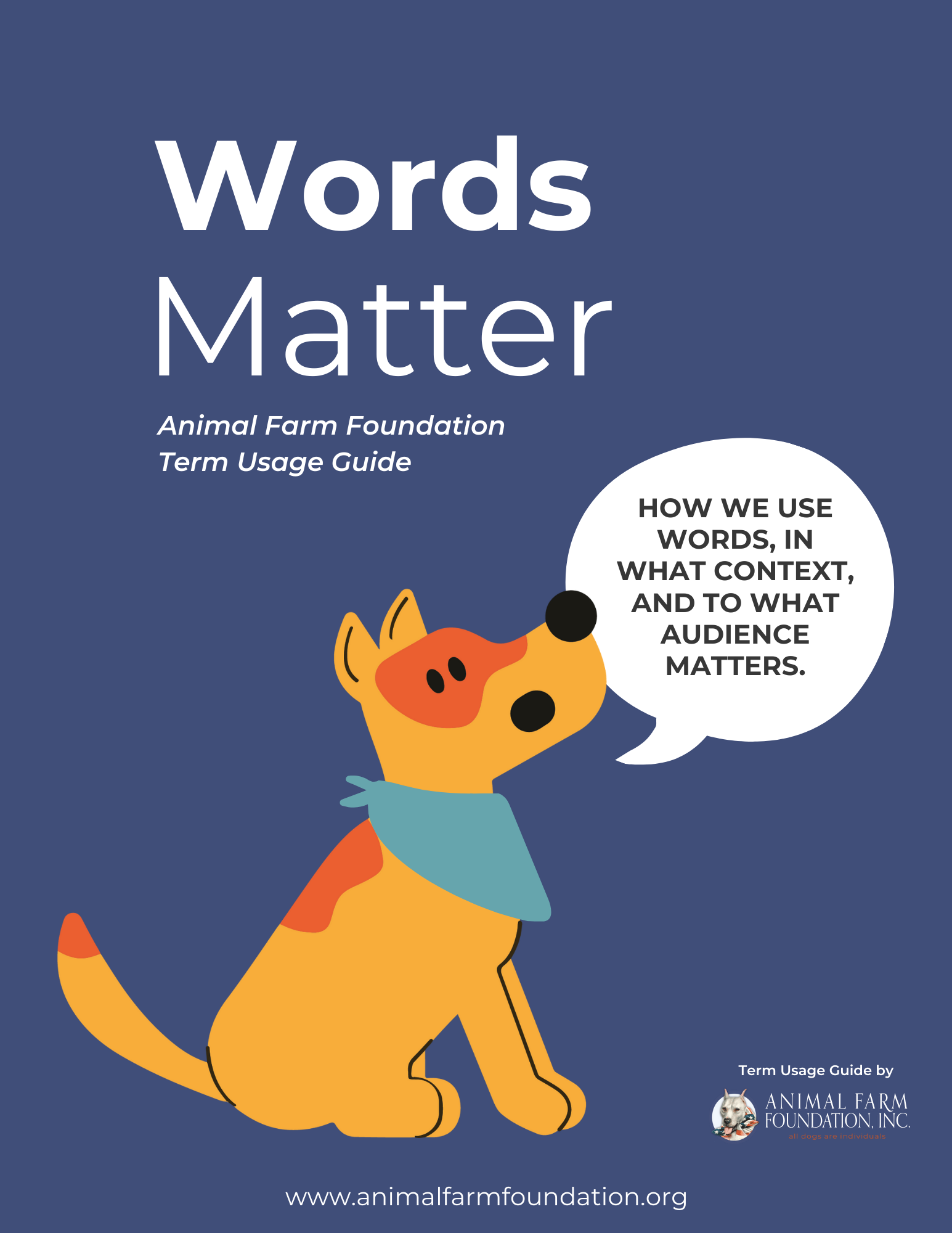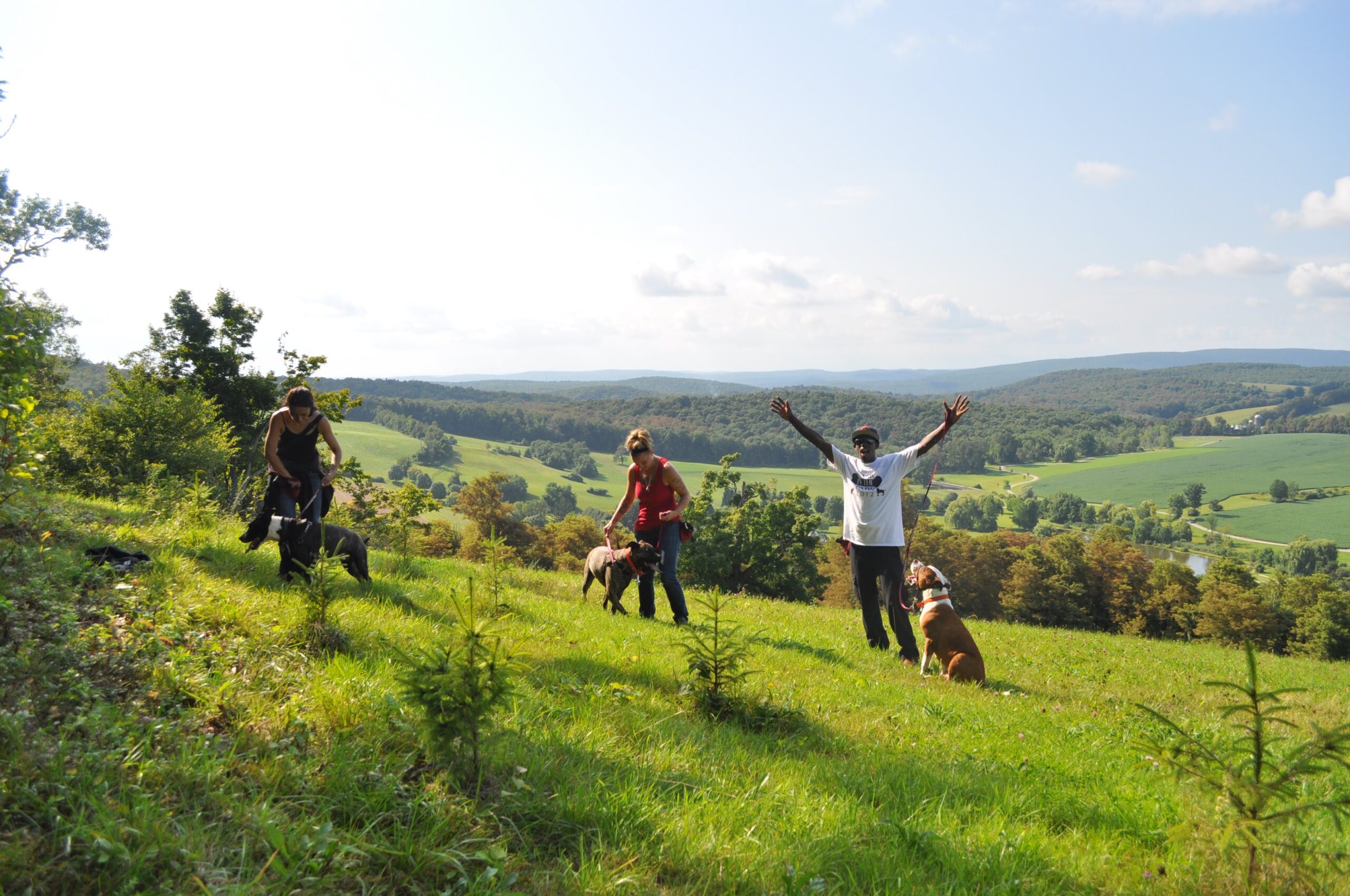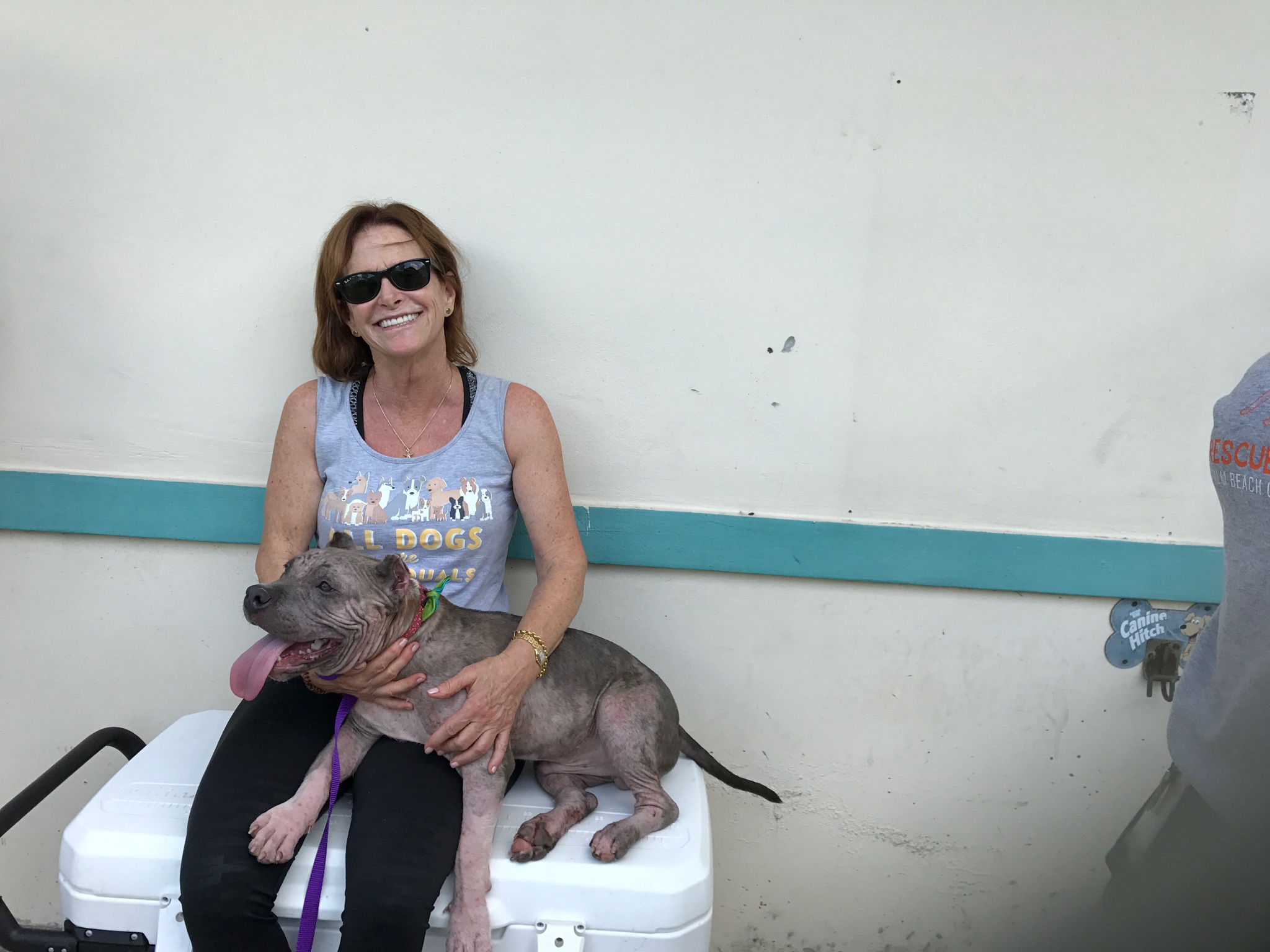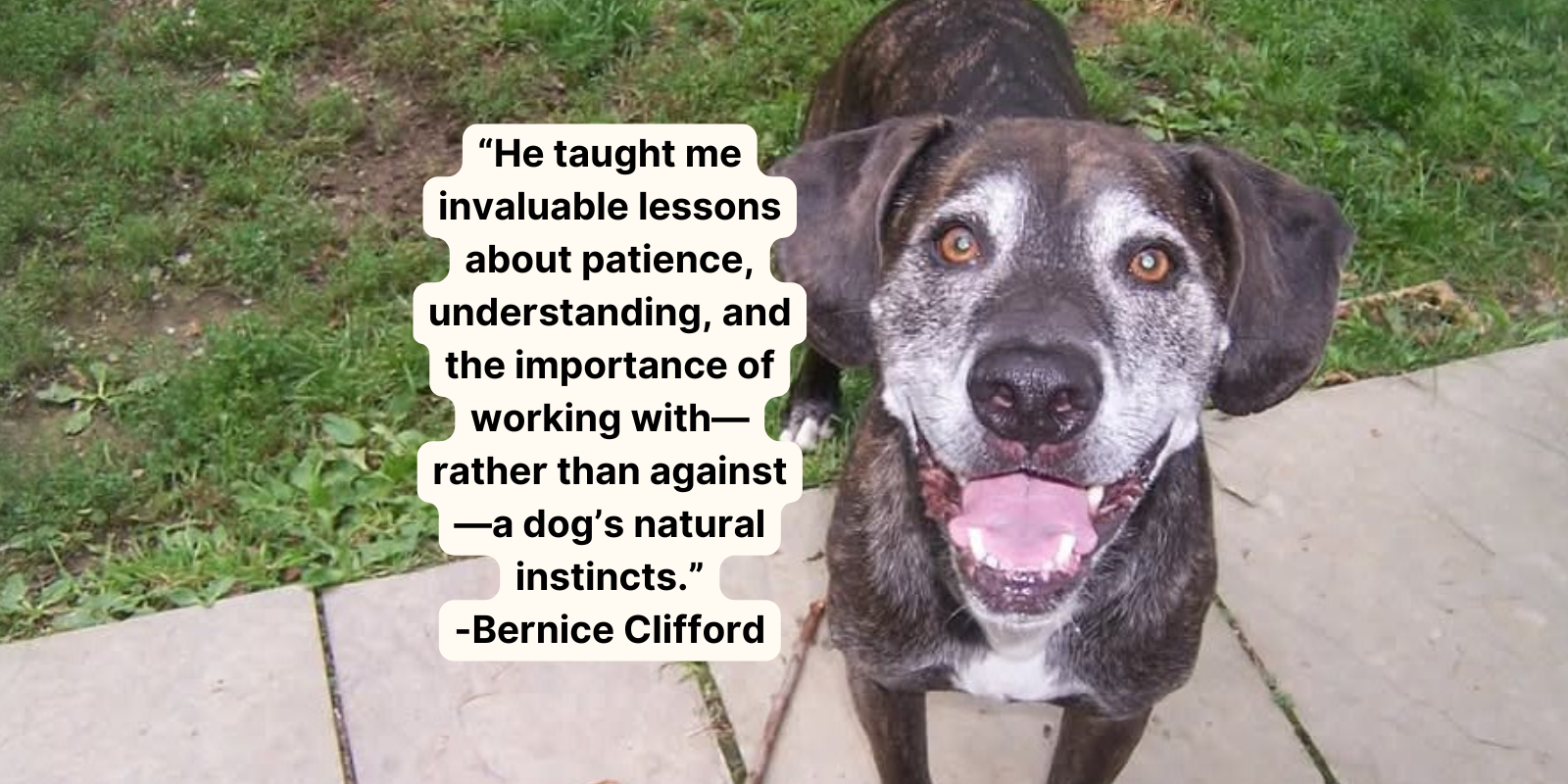The idea of removing breed labels seems like a great one to shelter workers (and it is!), but we know that idea usually brings up a lot of questions about how to navigate the seemingly uncharted territory of life without labels.
So, it’s a good thing we’ve mapped out answers to all of those questions for you!

What is the difference between “mixed breed” and “unknown,” and which is better?
Use “unknown breed” when you do not know the pedigree of a dog and can only make a guess at breed based on visual inspection. “Unknown breed” is more accurate because it encompasses all dogs – both mixed breed and purebred.
Will adopters think we’re trying to pass off “pit bull” dogs as other breeds and stop trusting us?
Honesty is the best policy. Almost every dog you meet in shelters is more than one breed. Research says that visual identification of mixed breed dogs is highly inaccurate. Unless you know what a dog’s breed mix is for sure, you know the parents or have paperwork, speculating about the possible breed mix is just that – speculation. It’s not fact and it’s more than likely an incorrect assumption. To be completely honest with your adopters, tell them the truth: You aren’t sure what the breed mix might be. Anything could be possible.

What’s really important is that you tell them what you know about the dog’s actual behavior based on your observations and evaluations.
What if the animal really looks like a purebred or has certain breed features? What should we say if adopters ask us about this?
If you don’t have a documented pedigree, simply say:
“This dog may or may not be a purebred poodle. Here’s what we’ve observed about his behavior…”
If the adopters notice physical markings or certain behaviors that lead them to believe a dog might be a certain breed (like a black mark on the dog’s tongue has them guessing he might be a chow mix), be honest and acknowledge that it is a possibility.

Here’s an example of how you might respond to that:
“Yes, it is possible this dog might have some chow in there, though we don’t know for sure. It could just be a birthmark.”
What about housing restrictions or BSL?
If you’re concerned about someone else such as a landlord, an insurance company, or animal control identifying the dog as a restricted breed, let the adopters know this is a possibility and determine how that may affect them legally. Be aware of any potential breed restrictions in your community and give resources to educate your adopters about these realities. The goal is honest, accurate information that helps adopters make the best choice for their family, housing situation, and community.

Longmont Humane Society, which is located near Denver, Colorado (a city with BSL), states this on some of their dogs’ profiles:
“Due to my physical appearance, I may experience discrimination and be unable to live in a city with breed specific legislation.”
Remember: our goal is to provide MORE information, not withhold it, and to be accurate in all of our communications.
Lots of the dogs we see have the characteristics of certain breeds, so shouldn’t we identify them that way?
If all you have is a visual inspection and no pedigree, then you’re guessing at a dog’s breed or breed mix.

You can label the dogs however you choose, but be careful not to make ehavioral predictions based on this guess. Don’t imply to adopters that a label accurately indicates anything about a dog’s suitability for adoption or what kind of home he needs. How that dog behaves is the key to a good match for potential adopters.
Should we DNA test the dogs in our shelter to find out what they are?
We don’t recommend that shelters DNA test their dogs. Dog behavior is a complex mix of nature and nurture. Knowing a dog’s DNA is only one piece of the puzzle. It’s another tool in the toolbox.

Shelters are in the business of adopting out companion animals. The only way to know if a dog is going to be a good companion is to get to know that individual dog. Shelters are better off spending their time and money getting to know the dogs in their care, rather than paying for DNA tests.
We’ve changed how we label the dogs on our kennel cards and website, but what do we do about software companies that require a predominant breed identifier?
You may be forced to pick a primary breed in shelter software and aggregators, but you can make other notes on a dog’s profile explaining that this is just a guess.

We recommend this language:
“This software requires that we choose a predominant breed or breed mix for our dogs. Visual breed identification is unreliable, so for most of the dogs we are only guessing at predominant breed or breed mix. We get to know each dog as an individual and will do our best to describe each of our dogs based on personality, not by breed label.”
As shelter software companies continue to make progress on this issue, it’s critical that the aggregators also improve their services by offering a range of options.These options include “mixed” or “unknown” and allowing the public to search by personality
traits and other pet qualities.

Should we label all “pit bull” dogs as mixed breed?
No, strive for accuracy. The majority of shelter dogs have unknown origins, so be honest about all the dogs in your shelter, not just the ones you perceive to be “pit bull” dogs. Don’t label a dog if you don’t have purebred papers for it – no matter what the dog looks like. If you have papers that state a dog is an American pit bull terrier, then share that information.
Doesn’t breed labeling help desirable breeds find homes?
Research shows that ALL dogs benefit when breed labels are removed. This helps potential adopters focus on the individual dog’s pet qualities to determine if they are right for their family’s lifestyle.

We take lost and found reports at our shelter. Does getting better at breed identification improve lost and found reporting? Do “mixed” and “unknown” labels interfere with reuniting owners and dogs?
Focusing on identifying breed and breed mixes is not the best way to reunite owners with lost pets. No matter how good you think you are at guessing breeds, you still might guess wrong or the owner might label them differently than you do.
The more accurate approach is to focus on the physical description of the dog: color, weight, identifying characteristics, where the dog was found, etc… We recommend taking photos of all found dogs and posting them online, either on your website or on social media. Owners who believe their dog matches that physical description should then visit the shelter to identify them in person.

Our shelter works with purebred rescue groups. Don’t we need to get better at breed identification so that we can send them dogs?
No, you don’t need to get better at guessing breeds. A simple photograph of the dog in question, emailed to the rescue group, will help them decide if the dog is one they’re interested in helping.
If they choose to meet the dog, it’s based on the photo you sent them and their opinion of the dog’s breed. They’re the experts on the breed they work with. Let them make up their minds based on photos, or better yet, a video.
What are some other ways that inaccurate breed labels harm dogs?
When dogs are labeled in shelters, veterinary clinics, and animal control licensing, these guesses make their way into official and academic reports and data that influence how we view and regulate different “breeds” of dogs.

Because breed guesses are highly inaccurate, the data pertaining to breed identification is highly questionable. Despite this scientifically proven fact, insurance companies, the media, housing associations, and others still solicit this data. This means that people are creating policies and laws based on inaccurate, flawed, and incomplete data.
Keep this blog in your back pocket because it’s always good to have a handy reference guide to how to handle removing breed labels. Better yet, download our ebook on the subject which is full of indispensable information on helping all of the dogs in your care find homes.






